By the time we were ready to leave Arizona, the few patches of lush green lawns I saw seemed garishly out of place against the subtle browns and greys of the arid desert land. I was feeling very self-righteous declaring that I would NEVER have a water consuming grass lawn if I lived in Tucson. Almost as soon as the words flew out of my mouth though, I got taken down a peg. Driving through an ordinary, quiet residential neighborhood, I saw three little ones laughing as they ran through a sprinkler and played on the soft, cactus free lawn — something they couldn’t have done on the desert landscapes I was admiring.

An abundance of clean, safe water is a resource that we here in the heart of the Midwest have come to expect. In fact, many of us take it for granted, rarely thinking seriously about how we use -- and abuse -- it. Recent EPA publications highlighted these critical water facts and statistics, emphasizing how important water management is to all of us.
.jpg)
- On average, each American uses close to 100 gallons of water a day.
- Summer water use spikes, as households use as much as two to four times their winter amounts.
- A 10,000 square foot lawn watered for twenty minutes seven days in a row is the same as leaving your shower running for 4 days.
- At least 50% of outdoor water usage is lost to evaporation, wind or run-off.
- Portions of California, the Southwest, Western and Southern Texas, the Rockies and the Northern Central Plains are currently experiencing the worst drought in over 400 years.
- It takes three to five years of consecutive normal rainfall to begin to replace water in underground reservoirs.
- Farmers along the Rio Grande have been asked to not plant crops this year.
- Experts anticipate water shortages in forty of our fifty states within this decade.
- Agriculture, industry and people are all impacted when water becomes scarce.
The early 1980s saw the beginning of xeriscaping, (In Latin, the term means dry landscaping) or landscaping designed to match the existing climate and soil conditions. Western states, especially Colorado, Nevada and California, saw xeriscaping as a way for homeowners to conserve water while still maintaining a beautiful landscape that evokes a sense of place. Over time, people in other regions of the country, even those with seemingly endless amounts of water, also began to realize the importance of protecting this valuable resource through responsible use and reasonable conservation efforts. They began to explore ways to trim their water usage without sacrificing aesthetics.



While xeriscaping remains a recognizable landscaping descriptor, terms like water-wise and sustainable have become common in the industry today. They clearly and concisely communicate the goals of reputable companies who are caring for the best interests of both their customers and the planet.

One of the first places to begin implementing water-wise techniques is your lawn. Ironically, , watering your lawn is an important way to conserve water. An irrigation system, when designed and installed by well-trained, knowledgeable technicians, can save the client time, effort and money all the while protecting an extremely valuable natural resource.
I recently spoke with Nick Novak, Irrigation Project Manager/Estimator for Embassy Landscape Group, about their water management practices.
 Nick explained that “Embassy uses only Weathermatic and Rainbird irrigation controllers on all of their properties because they have sensors that measure evapotranspiration, or ET loss, daily. ( Evapotranspiration is the process by which water is transferred from the land to the atmosphere by evaporation from the soil and other surfaces and by transpiration from plants.) At the next watering cycle the controller will automatically adjust watering times to ensure that the same amount of water is put back in the landscape.” The sensors eliminate the wasteful and often damaging issue of overwatering and the stress on turf that results from underwatering.
Nick explained that “Embassy uses only Weathermatic and Rainbird irrigation controllers on all of their properties because they have sensors that measure evapotranspiration, or ET loss, daily. ( Evapotranspiration is the process by which water is transferred from the land to the atmosphere by evaporation from the soil and other surfaces and by transpiration from plants.) At the next watering cycle the controller will automatically adjust watering times to ensure that the same amount of water is put back in the landscape.” The sensors eliminate the wasteful and often damaging issue of overwatering and the stress on turf that results from underwatering.
Unlike the older systems where all areas were timed to receive the same amount of water, these controllers, used in conjunction with flow sensors, monitor flow for irrigation zones. 
The system alerts technicians to high or low flow issues so they can be quickly addressed and resolved, eliminating the need for frantic phone calls.“ Our remote access to the timers,” Nick continued, “ through our connected controllers allow us to proactively turn off irrigation before impending rain or freeze events.”
The type of sprinkler heads installed in the system also are important elements for water management. Instead of spray nozzles, Embassy uses matched precipitation rotary nozzles. They provide a slow application of water that allows the water to seep into the soil, minimizing the risk of run-off.
With the reality of water shortages on the horizon, water rates are rising across the country. Embassy customers using a connected controller with site specific ET monitoring are seeing up to a 30% water savings compared to non-ET site customers. Customers installing new irrigation systems typically recoup their investments within two years.

After just a week in the Southwest, my vision of the desert and what it can teach us has changed dramatically. I not only learned that true beauty exists in what I first thought was a menacing native environment, but I also came to realize how fortunate we have been here in the Midwest where our climate is gentler and water has been abundant. The most important lesson that I took from the desert however, is what the implications of water shortages are. No matter where we live, it is crucial that we begin now to protect and preserve the life-giving resource of water.
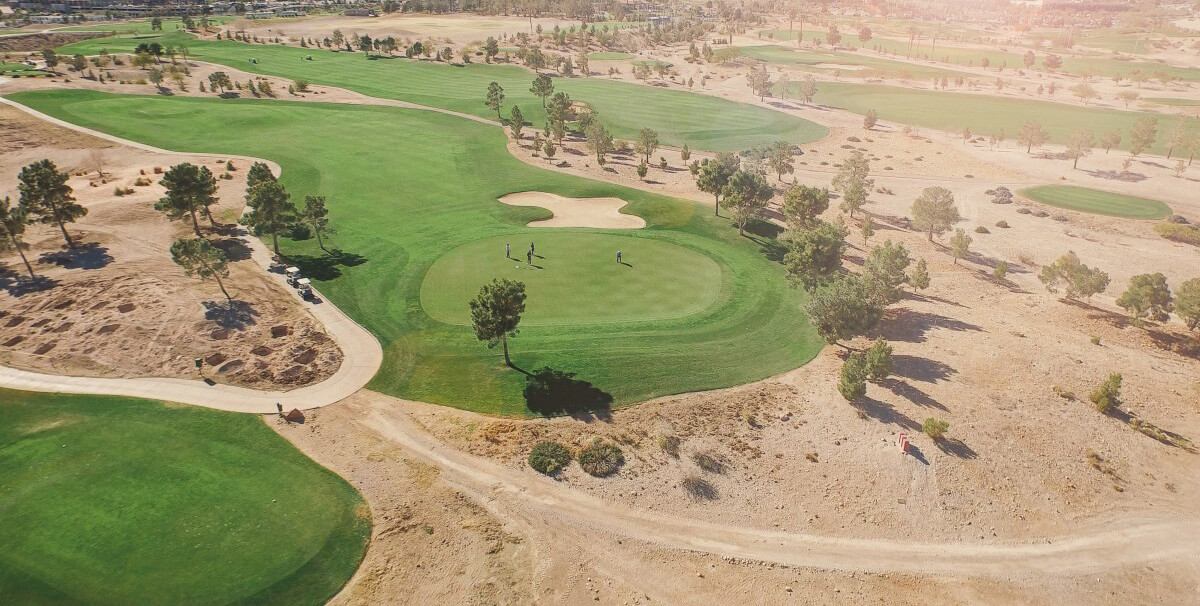
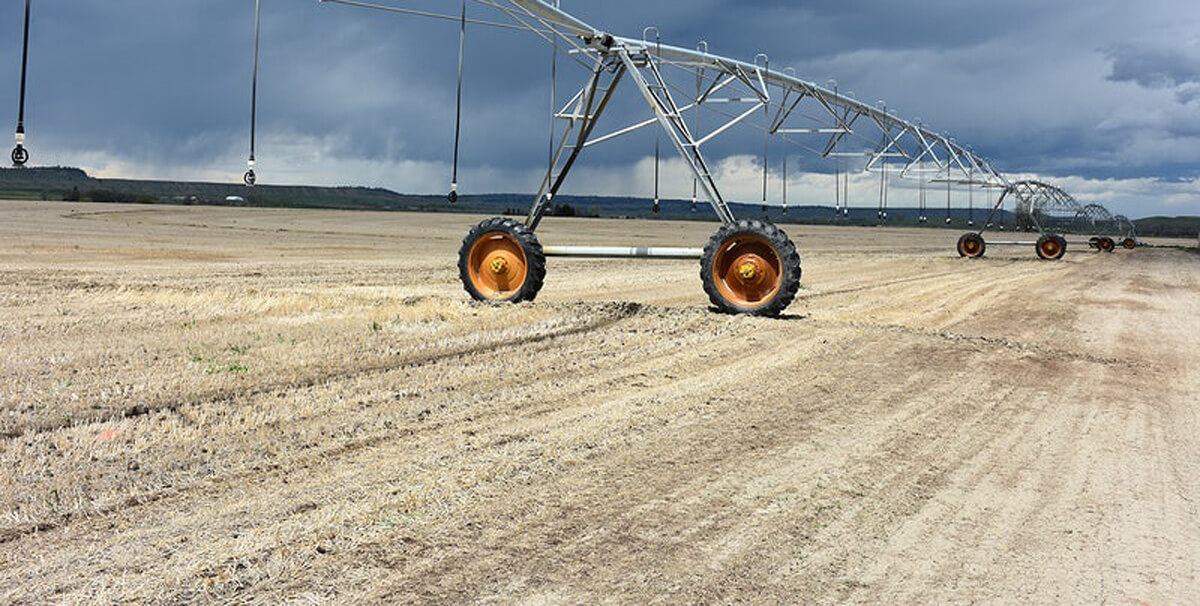
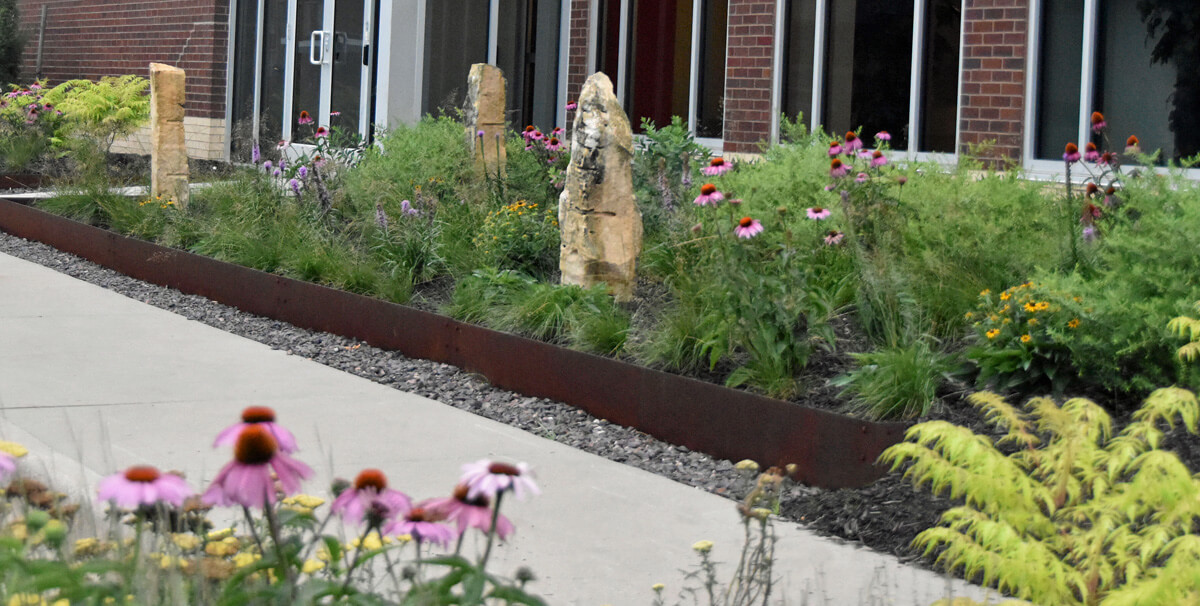
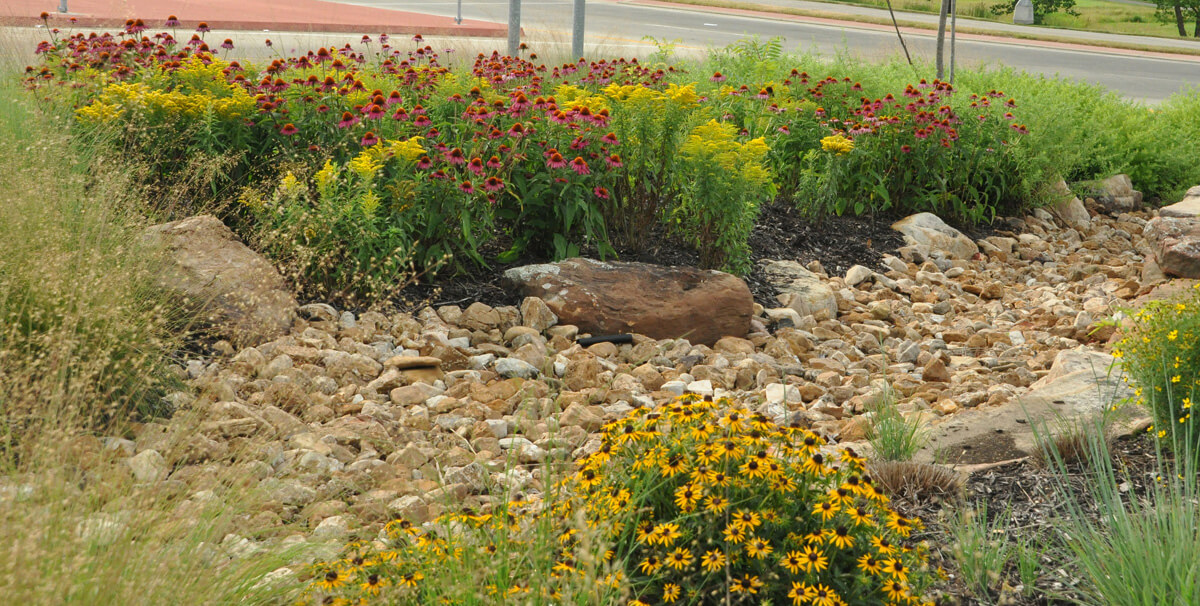
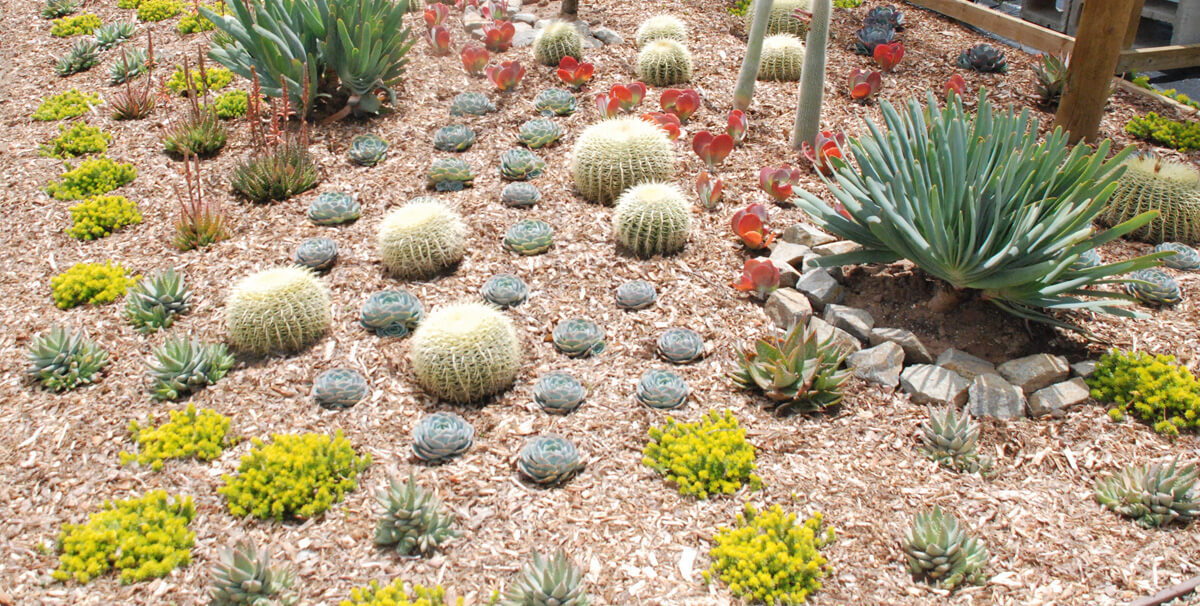
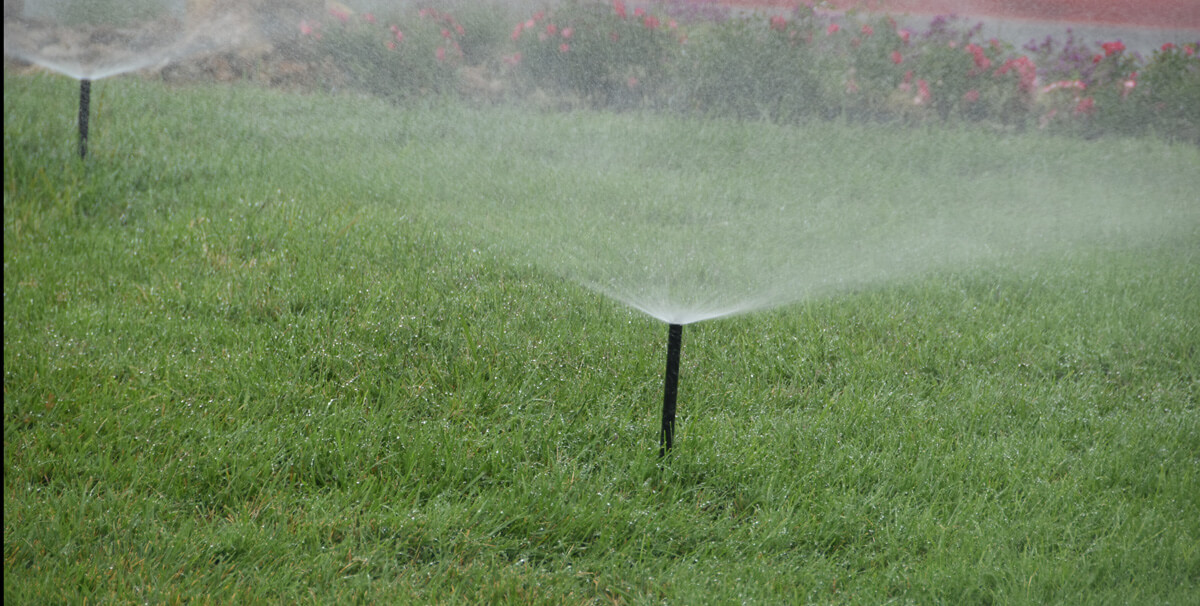
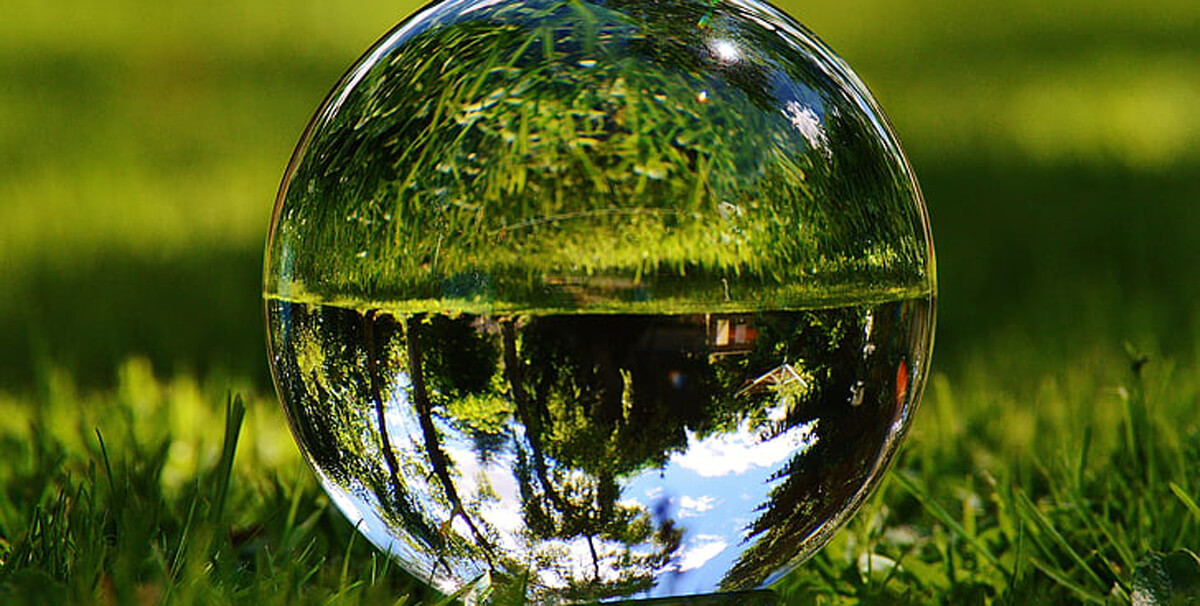

.JPG)
